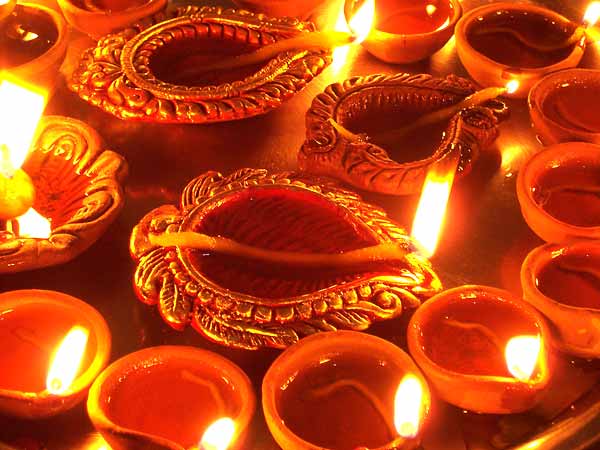 |
| Kerala Backwaters |
Thiruvananthapuram, Kerala: Kerala has reasons to feel jubilant over the emerging trends in tourism. It has edged out Taj Mahal to become the number one travel destination in Google’s search trends for India this year.
Munnar is also on the list of Top Ten Indian destinations on Google’s Zeitgeist site showing search trends from around the world.
Kerala at number one and Taj Mahal at number two were followed by Wagah Border, Vaishno Devi and Amarnath. Kashmir came number six on the list of Top Ten Travel destinations.
According to the search trends in the travel category released by Google for this year, Munnar was number nine, followed by the Gateway of India.
Tourism Minister A P Anil Kumar described the two listings for Kerala, including the number one spot, as a great encouragement for the state. “Kerala Tourism is a leader in online promotional activities of the state. We are one of the first government establishments to make use of the internet to reach out to the world,’’ he said.
 |
| The Magnificient Taj Mahal |
“Kerala Tourism is a leader in coming up with innovative ideas. Not only the internet, we have also engaged social media networks like Facebook and Twitter for promoting destinations in the state,’’ said tourism secretary Suman Billa.
Tourism Director Rani George said that the user-friendly website of Kerala Tourism appeals to a visitor or a potential visitor to the state or anyone wanting to know more about the state because it provides all the information required about destinations and facilities at the click of a key before starting the journey.
Google’s Zeitgeist, which covers all search categories, answers the question of what the world searched for in a particular year. The trending for the year means search queries with the highest amount of traffic over a sustained period compared to the previous year. Most searched are the search queries with the largest volume of searches. Zeitgeist also contans the highest searched subjects and topics.








.png)



